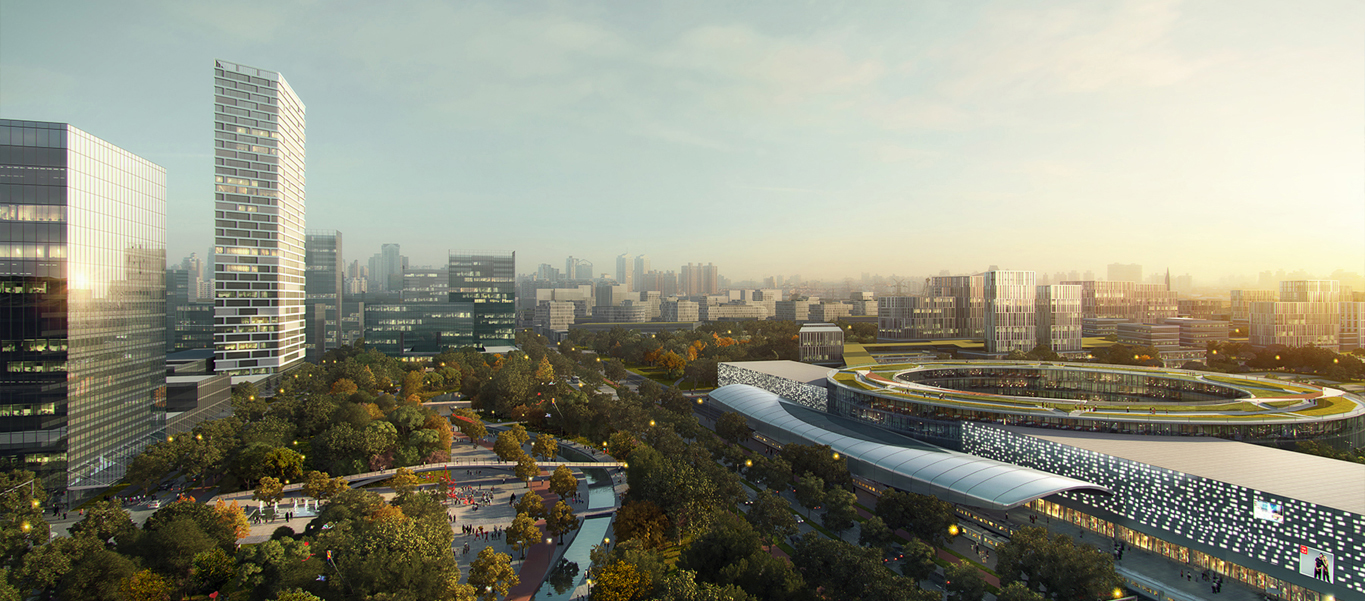
Resilient Growth: Building a Resilient City in the Philippines
May 29, 2019 — The Big Picture
Developers of New Clark City aren’t just taking a long 360-degree view of resiliency – they’re making it into a reality.
New Clark City is a 9,450-hectare metropolis located 100 kilometers north of Manila. Because its location and design were deliberately chosen to withstand natural calamities, New Clark City will serve as the government’s continuity hub, disaster and risk recovery center – an alternative capital city in case a disaster strikes Manila.
“Resiliency is the ability to bounce back better, but also the ability to not have to bounce back as much,” says Sylvester Wong, Vice President of AECOM, which has partnered with us at the Bases Conversion and Development Authority (BCDA) to master plan this first and largest fully-resilient city in the Philippines. “It’s got three stages – planning for the unexpected, handling the unexpected at the time of the unexpected, and third, it’s what you do afterwards.”
“Resiliency” is part of the three-pronged approach AECOM and BCDA are utilizing in building New Clark City, a master-planned community with an unmatched ratio of green space, a back-up government center, smart buildings, world-class sports complex, and integrated transport and utility systems located within a 9,450-hectare area in the vicinity of the Clark Freeport Zone and the Clark International Airport. The other two tines of the masterplan trident are “Investability” and “Connectivity,” which in and of themselves make for, glibly put, a zombie-apocalypse-proof city.
In the Philippines, however, the holistic understanding of resiliency has yet to take anchor. Resiliency in most quarters is still very much about withstanding disaster brought about by the wide-scale and visible effects of climate change, like having rafts ready during rainy season, or making sure children have a school to go back to when floodwaters recede.
It takes a whole new way of thinking to take a long view and translate it into how it can work for a community in every moment of their lives – not just after the onslaught of a storm.
“Resilience, especially with BCDA and New Clark City, is the ability to have something which is thoroughly thought out, not just on the physical side, but the governance side,” says Wong.
In the 2018 edition of Arcadis’ Sustainable Cities Index, Manila was identified as one of the world’s least sustainable cities, placing only 95th out of the 100 cities ranked based on three pillars of sustainability: people, planet, and profit. The time to act was decades ago. But this doesn’t stop the government from pursuing solutions in making our communities more resilient.
In building New Clark City, BCDA is also creating a model for future cities in the Philippines – cities that do not just celebrate modernity, but put emphasis on the quality of life. As renowned architect Jan Gehl puts it, “First life, then spaces, then buildings—the other way around never works.” AECOM and BCDA envisioned a city that revolves around the natural landscape of the area, and with the right development partners, this will be a reality in the years to come.
Later this year, the 40-hectare Phase 1A of the New Clark City development will be finished in time for the Philippines’ hosting of the 30th South East Asian Games.
The complete development of a city as ambitious as New Clark City will take decades. The only remaining challenge for us is to ensure that our leaders adopt the master plan, the vision for the “city of the future.”
Featured photo © New Clark City – The Bases Conversion and Development Authority (BCDA)